By use case
Explore all the different ways you can use Klipfolio to gain better data insights.
Start a free trial
Sign up for free and start making decisions for your business with confidence.
Sign up with Google
or
Sign up with your emailFree for 14 days ● No credit card required
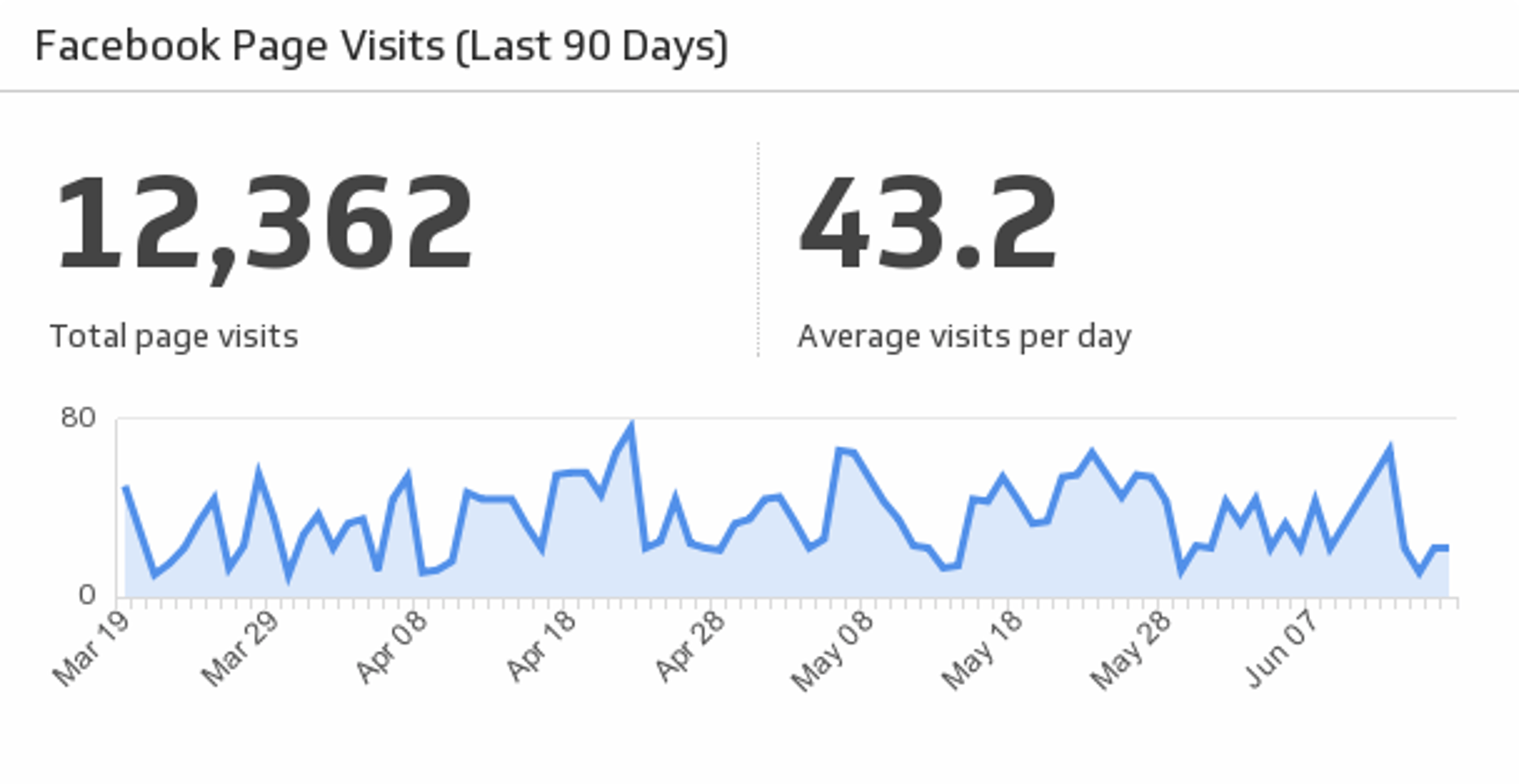
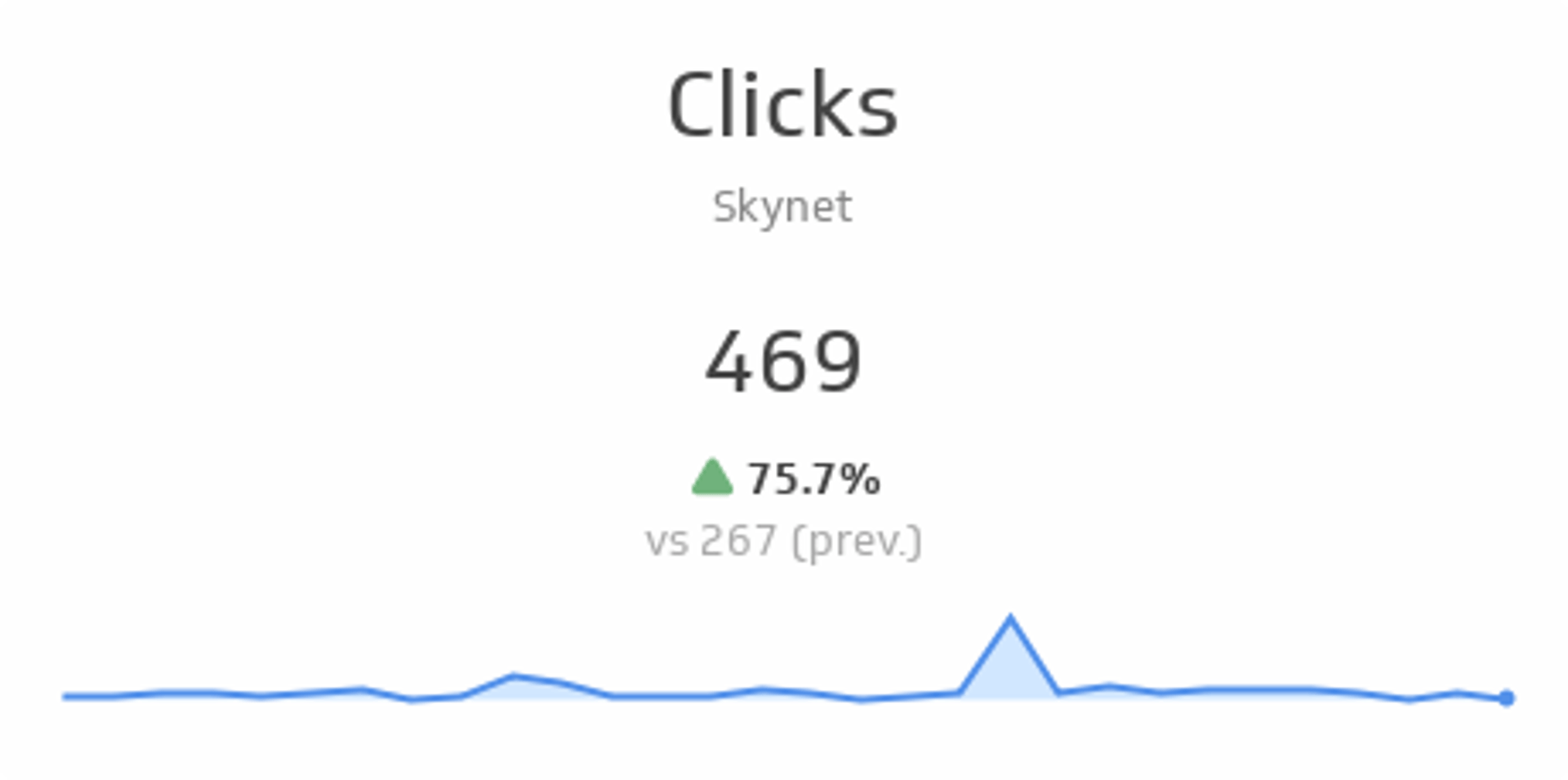
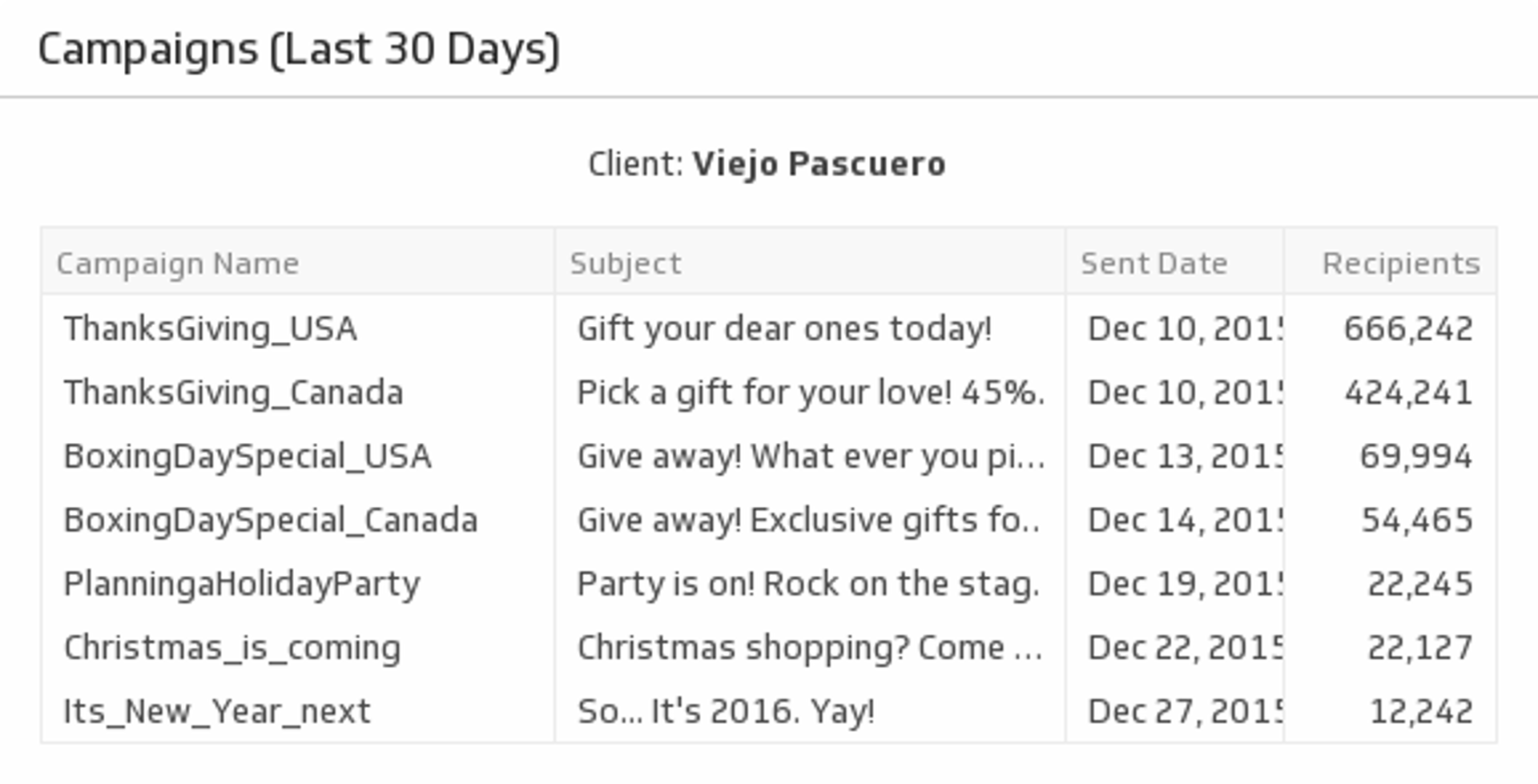
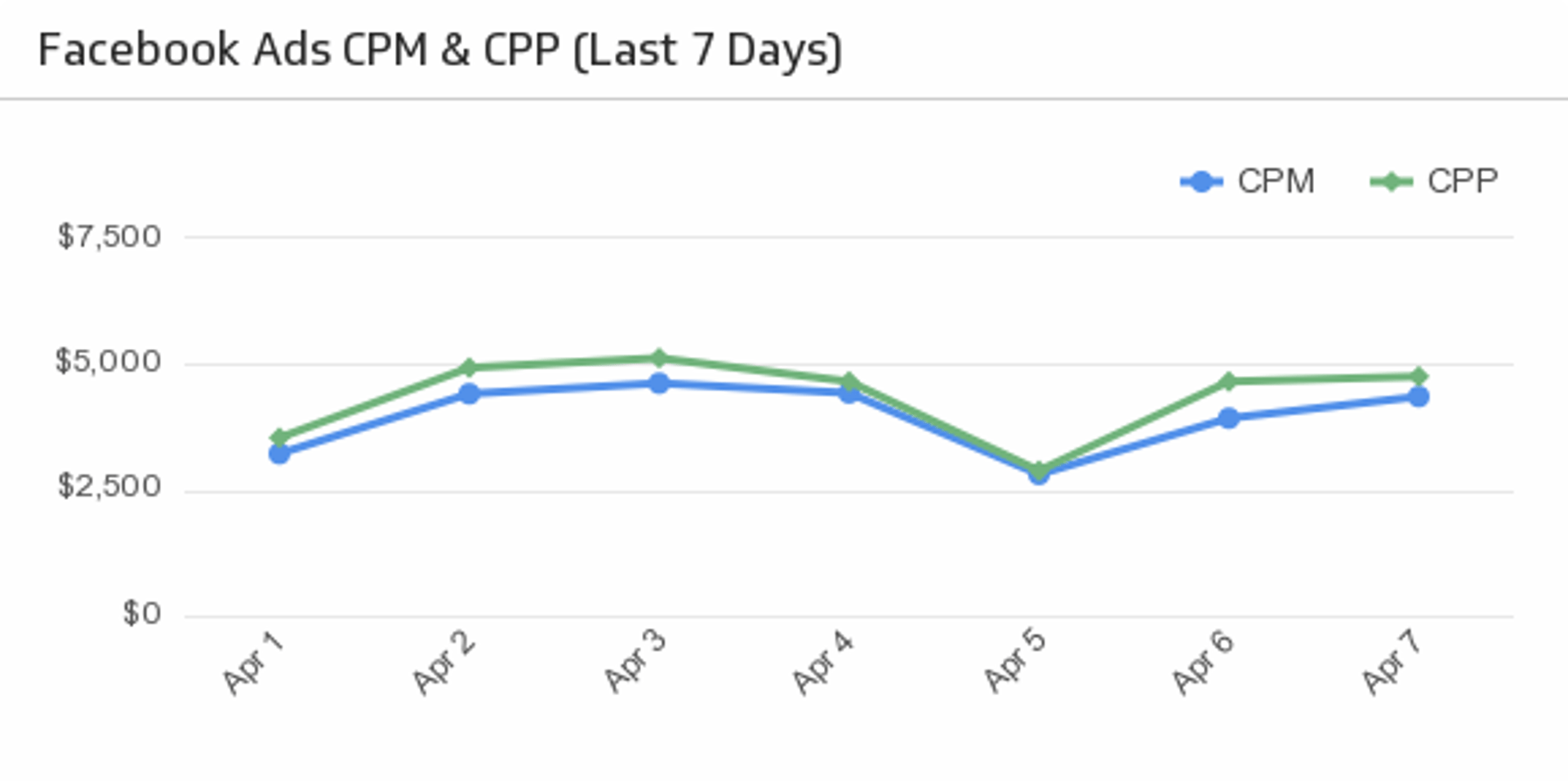
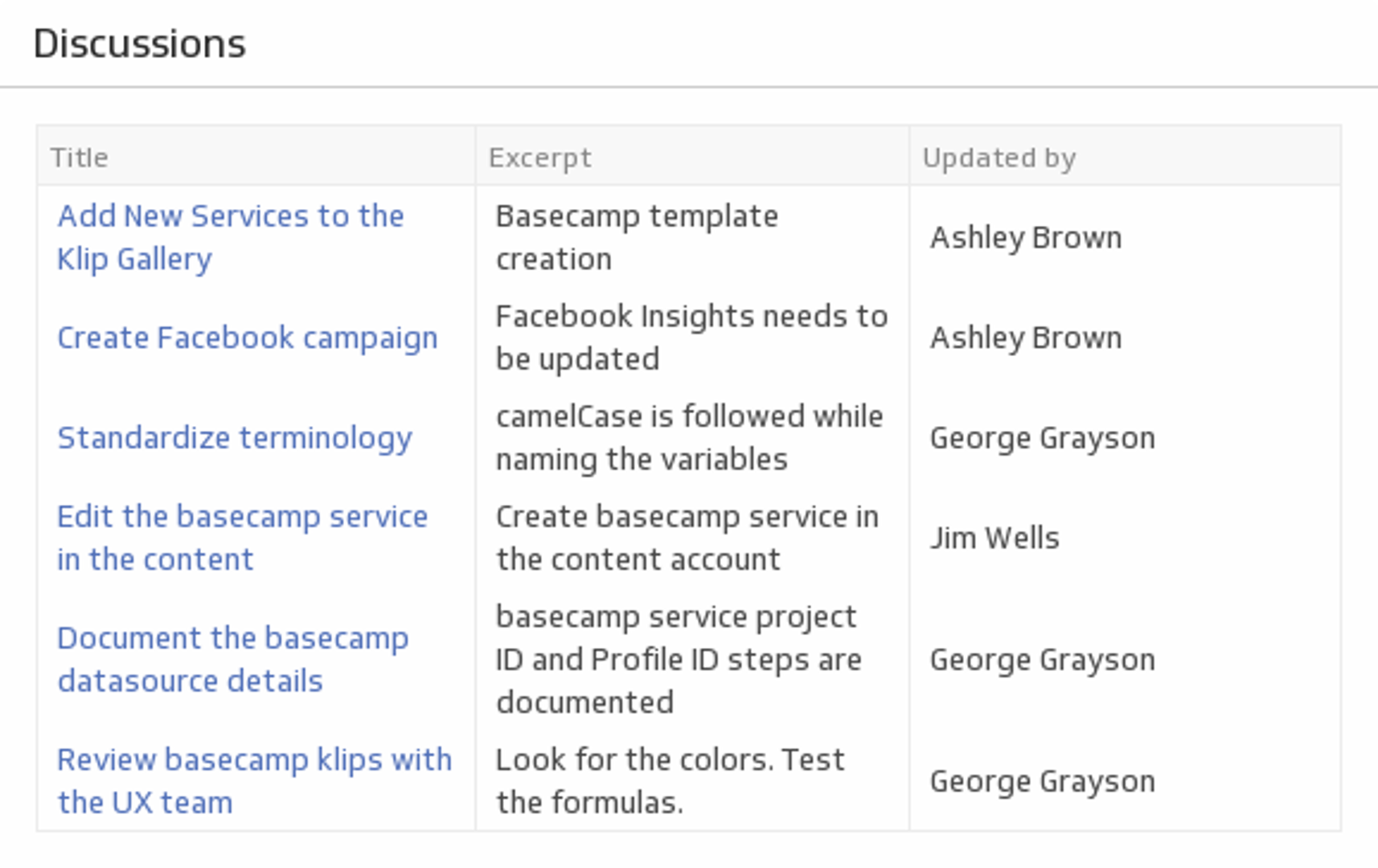
Looking for a solution to your business analytics and monitoring problems? We have it!
Since 2001, Klipfolio has been helping businesses and team succeed with data. No matter the complexity or challenge we are here to help you gain the business advantage you need by enabling the data insights you need to drive better data driven decisions.
Here is a small list of common apps, use cases, departments and industries to give you a glimsp of what is possible with Klipfolio's platform.
Use Cases
- Sales
- Marketing
- Executives
- Data Analysts
- Operations
- Customer Support
- Accounting
- Product Management
- Social Media
Common app integrations
Social Media Analytics Reporting
Advertising Analytics & Reporting
Additional Resources
